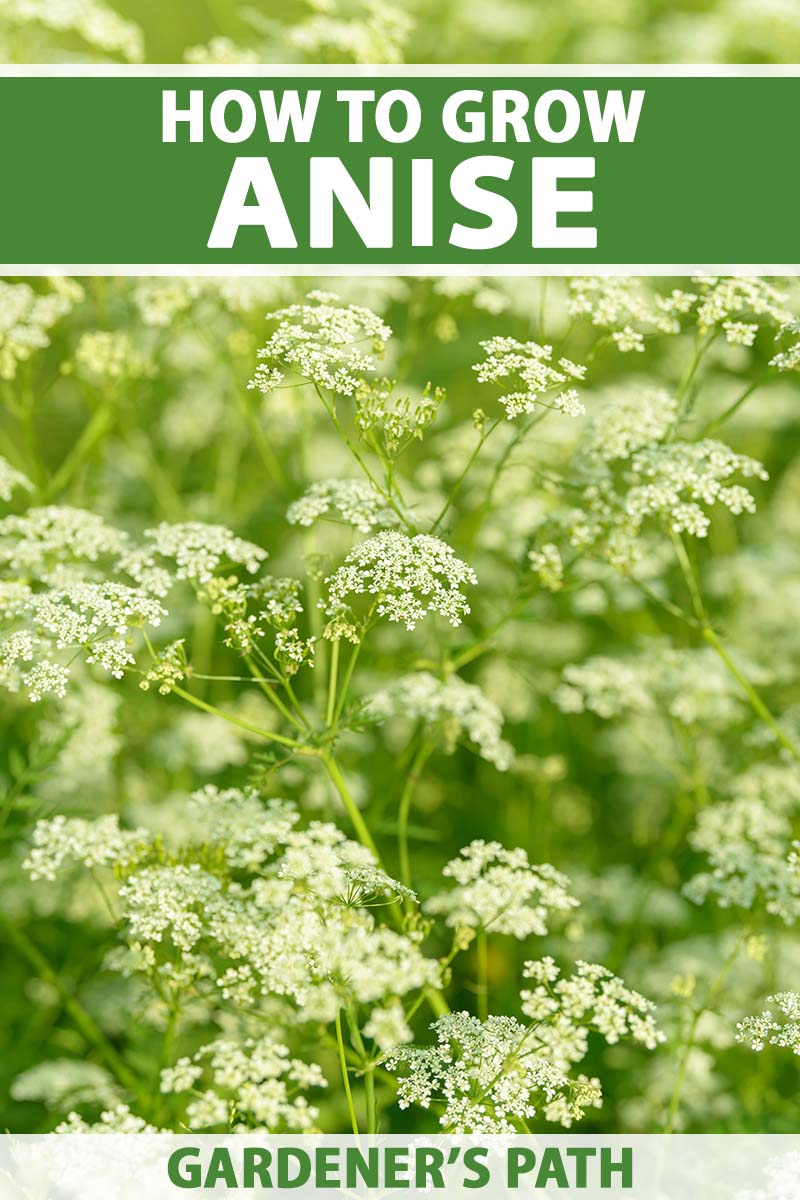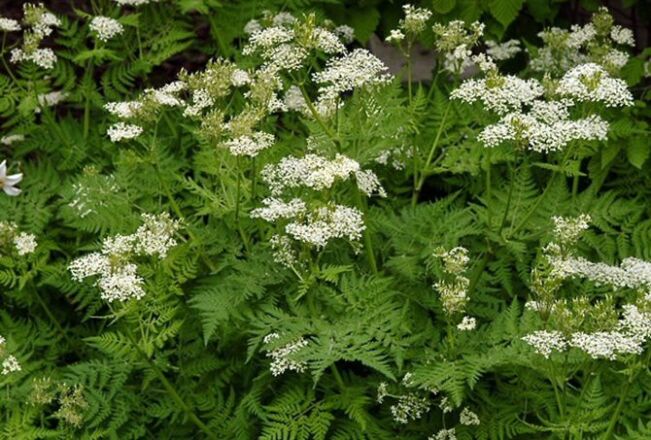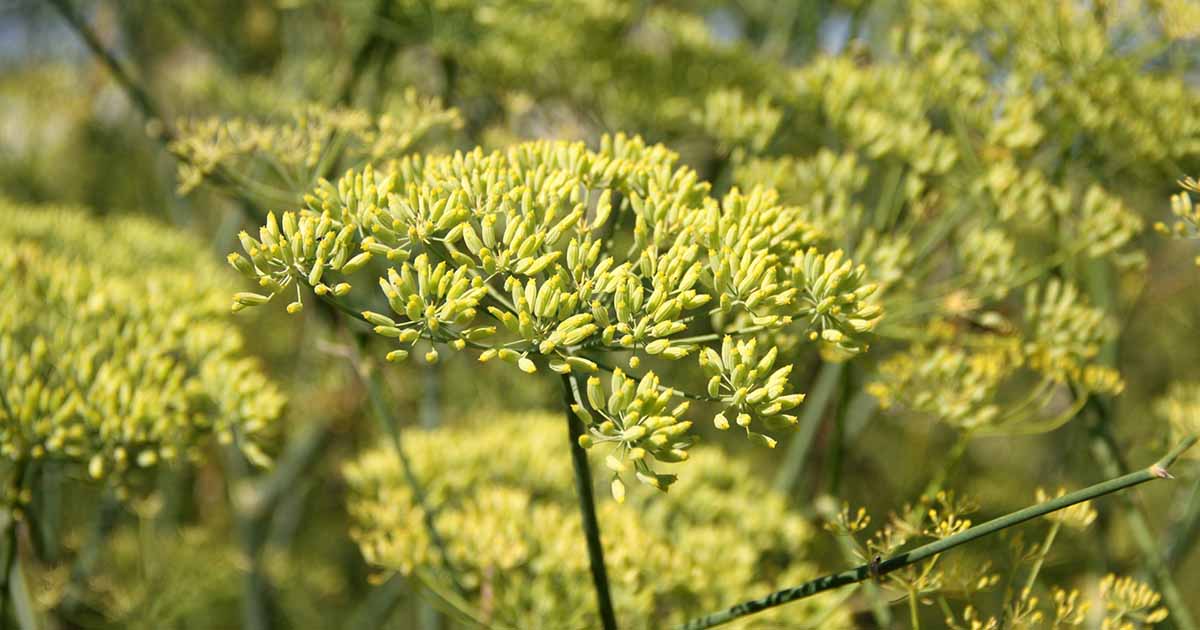Master Anise Herb Growing: Your Energetic Guide to Thriving Success

There’s something truly magical about holding those tiny anise seeds in your palm for the very first time. I remember that moment clearly—my fingers tingling with excitement and curiosity, wondering if these little gems would really transform into the aromatic, licorice-scented herb I dreamed of harvesting. If you’re feeling a little unsure or worried about making mistakes, breathe easy—you’re not alone. Growing anise (Pimpinella anisum) might seem like a subtle challenge at first because it’s less talked about than basil or rosemary, but with the right approach (and some patience), you’ll soon be nurturing thriving plants that reward you richly.

Let me walk you through everything I’ve learned after several seasons of trial and error. From soil preparation to clever pruning hacks that boost seed production, this is your go-to blueprint for growing anise with confidence—even if this is your very first time planting it.
Here's where 1. The Heart of Anise: Understanding Your New Favorite Herb
What Makes Anise Special?
Anise is not just “another herb.” It’s a treasure chest of flavor, delivering that unmistakable sweet licorice note packed into both its feathery leaves and shiny black seeds. This plant hails from the eastern Mediterranean and Southwest Asia—regions with sun-drenched days and breezy nights—and it belongs to the Apiaceae family, sharing lineage with carrots, dill, and fennel.
Early on in my gardening journey, grasping these origins gave me insight into why anise thrives under specific conditions. Here's what I mean: unlike fennel—which can handle partial shade—anise absolutely needs full sun basking to release its signature aroma. Its high anethole content is what makes it stand out in flavor and scent; without proper sunlight, you simply won’t get those fragrant oils developing fully.
Climate & Soil: Recreating Anise’s Natural Habitat
Imagine the Mediterranean coast: warm but not scorching days averaging between 60°F-75°F (15-24°C). That’s exactly where anise feels happiest.
- Sunlight: At least 6 full hours of direct sunlight daily isn’t just ideal—it’s essential.
- Soil: Rich yet sandy-loam soils that drain well are the secret sauce here.
- pH Balance: Slightly acidic to neutral soils (6.0–7.0) work like a charm.
I’ll admit—I once smothered my plants by overwatering because I assumed all herbs crave wet feet. Not true for anise! It prefers moist but never soggy soil since damp roots invite rot swiftly.
Life Cycle Snapshot
Anise grows as an annual—meaning from seed to harvest in one season! Typically, expect around 90–120 days before you can gather those precious seeds after flowering.
Its germination pace surprised me at first; seeds don’t burst up overnight but slowly peek through soil over 7–14 days depending on warmth and moisture levels.
If your seedlings start hesitantly—not flashy like basil—that’s normal too! These plants build strength gradually before bursting into their full aromatic potential mid-season.
2. A Patient Gardener’s Step-by-Step Guide To Starting Your Anise Patch
Ready to take action? Here’s how to nurture success from day one:
Step 1: Choose Your Sunniest Spot & Prep Like a Pro
Find a place where morning or afternoon sun floods generously—south-facing garden beds are dream setups!
Prepare by loosening soil deeply—aim for around 8 inches—to help roots dive down strong and steady.

Add around two inches of compost or well-aged manure mixed thoroughly into topsoil; this slow-release nourishment supports steady growth without overwhelming the plant.
Pro Tip: Before planting, check soil drainage by digging a small hole and filling with water—if it drains within 30 minutes, you're good!
Step 2: Sow Seeds Directly After Frost Risks Fade
Unlike many herbs that resent transplanting (hello delicate roots!), anise loves direct sowing outdoors after last frost date passes safely.
Scatter seeds thinly about one-quarter inch deep across prepared soil bed or containers with drainage holes.
Once seedlings reach approx 3 inches tall (usually within couple weeks), thin them gently using small scissors so spaced about 12 inches apart; this spacing lets air flow freely preventing fungal trouble later on while giving each plant room to stretch luxuriously.
I learned thinning can feel ruthless at first—I’ve whispered encouragements like “You’re doing great!” while snipping—but trust me: each removed sprout means another gets stronger!
Step 3: Keep Moisture Steady But Not Saturated
During germination phase (first week or two), lightly water daily ensuring top layer stays damp—not drenched!
After young plants establish roots (~month one), ease watering frequency slightly but watch carefully for drought stress signs like leaf curling or pale color changes.
Here’s my favorite trick discovered accidentally after multiple trials: spread organic mulch such as finely shredded leaves around base once seedlings hit three inches tall—it locks moisture in AND keeps pesky weeds away without competing nutrients.
Step 4: Fertilize With Careful Hands
Anise isn’t greedy—it thrives on balance rather than excess feeding.
A monthly light application of balanced fertilizer (look out for NPK near 10-10-10) works wonders without pushing too much leafy growth at expense of flavorful seed heads later on.
Remember: Overfeeding tends to produce lush greenery but dull flavors—a common rookie trap I fell into during my early seasons!

3. Lessons Learned The Hard Way — Common Mistakes & Their Solutions
Gardening always tests patience—and mistakes aren’t failures when they teach us better ways forward!
Mistake #1 – Drowning Roots From Overwatering
Many gardeners think constant wetness = happy herbs which is tempting especially during dry spells… until root rot sets in quietly killing young plants underground.
Fix: Prioritize good drainage! Raised beds or containers with sturdy drainage holes help excess water escape easily preventing soggy conditions.*
Mistake #2 – Transplanting Seedlings Too Early
I once tried rescuing weak seedlings indoors then replanting outdoors—and lost them all! Anise roots break easily if moved prematurely since they grow fine hairs crucial for nutrient absorption.
Fix: Always direct-sow outside post-frost unless advanced hobbyist willing to experiment carefully indoors under controlled conditions.*
Mistake #3 – Crowd Control Ignored
Plants crammed shoulder-to-shoulder cause fungal infections thanks to stagnant airflow plus competition stress stunts development greatly impacting seed yield quality too.*
Fix: Thin early with confidence—even though heartbreaking—to maintain airy spacing (~12"). Use sharp scissors rather than pulling so neighbors stay undisturbed.*
4. Power-Up Your Harvest With Advanced Techniques
Now that basics feel natural let’s elevate your results together:
Companion Planting Magic
Ever heard marigolds described as “garden bodyguards”? That reputation is well-earned—they repel aphids notorious for nibbling tender shoots but don’t harm pollinators who visit flowers later on smoothly increasing overall yield quality and quantity!
The gentle hum of beneficial insects often lulls nearby pests quietly away—a lovely garden symphony worth listening for when pairing companions thoughtfully.*

Strategic Pruning To Maximize Seed Production
While most casual gardeners shy from cutting back herbs too much…
At around six weeks post-germination try trimming lower leaves lightly encouraging nutrients flow upward focusing energy toward flower umbels—the beautiful umbrella-like clusters where seeds develop.*
Experienced growers also selectively pinch off smaller early flowers suspected weak performers ensuring larger robust blooms dominate come harvest time leading to plumper pods bursting with flavorful seeds.*
Masterclass Seed Saving
Timing here is everything! Wait until umbels naturally turn brown—not green—to collect pods rich in mature black seeds bursting with oils best preserved by drying slowly indoors spread across mesh trays avoiding humidity pitfalls.*
Once fully dried (typically minimum two weeks), gently rub umbels releasing culinary gems perfect for cooking or replanting next year continuing cycle sustainably.*
5. Must-Have Tools & Resources To Make Life Easier
Trust me when I say these gear pieces transformed my growing experience:
- Soil Thermometer: Track ground temps accurately optimizing sow dates avoiding cold shock.
- Moisture Meter: No more guesswork over watering—precisely measure soil moisture ensuring happy roots.
- Sharp Pruning Scissors: Essential for gentle thinning/pruning preventing bruises/stem damage.
- Seed Organizer Packets Labeled By Date/Batch: Keeps planting schedules clean helping plan staggered sowings efficiently.*
For literary inspiration check out “The Herb Gardener’s Bible” which dives beautifully deep into umbel-form herbs including practical tips you can apply immediately within your garden adventures!
6. Real-Life Success Stories To Inspire You
Take Julie from rainy Seattle—a skeptic who doubted she could grow licorice-flavored wonders due to her damp climate…
She switched from struggling indoor pots plagued by mold issues toward raised outdoor beds bathed in afternoon sun combined with rich compost layers plus ringed marigolds along edges…
“…Best crop ever!” she gleefully messaged last fall showing off baskets filled golden-brown umbels bursting aromatic black seeds rivals commercial suppliers locally couldn’t match!
Then there’s Ray whose late spring chills delayed his sow date initially hurting emergence rates…

Adjusting timing pushing sow date two weeks past local frost gave seedlings warmer welcome jumpstarting healthier growth accelerating harvest readiness shortening vulnerability window greatly improving survival chances…
These stories prove persistence paired with patient learning delivers incredible rewards no matter environment challenges faced today—you’re on path right now walking every step forward bravely already!
7. Troubleshooting Quick Fixes — Because We All Hit Bumps Sometimes
Keep calm when symptoms arise; here are common signals decoded:
| Problem | Likely Cause | Quick Solution |
|---|---|---|
| Yellow Lower Leaves | Overwatering / nitrogen excess | Let soil dry between watering; cut fertilizer dose back |
| Wilting Despite Water | Root Rot | Carefully remove affected portions repot improving drainage |
| No Flower Heads Form | Excess Nitrogen Fertilizer | Cut back feedings forcing flowering energy |
| Aphids / Whiteflies | Pest Infestation | Spray gently under leaves introduce ladybugs if possible |
| Loss Of Aroma/Flavor | Low Sunlight Or Wrong Harvest Timing | Move patch sunnier prune crowded stems harvest mature pods only |
Remember—the subtle loss of scent often means either insufficient sun exposure OR harvesting immature umbels before peak oil development stage… practice identifying right timing improves every season naturally building intuition alongside your plants.*
8. Your Personalized Action Plan To Start Growing Anise Today
Together we’ve covered theory + practical tools now here comes YOUR roadmap ready when you are:
- Pick sunny site prepping deeply drained enriched soils
- Sow high-quality anise seeds direct outdoors quarter-inch depth spaced ~12” apart
- Water daily lightly maintaining consistent dampness throughout germination (~7 days)
4 . Thin seedlings confidently preserving airflow space after sprouting (~3”)
5 . Apply balanced fertilizer sparingly monthly combining mulch base protection
6 . Scout weekly noting pests/disease intervene gently yet promptly
7 . Harvest leaves sparingly enjoying fresh flavor through growing season
8 . Collect mature brown umbels late summer/autumn drying properly indoor trays avoiding mold
9 . Save plump black seeds storing airtight sealing preserving potency
10 . Keep journal tracking dates varietal response local weather refining each future cycle
Every step repeated builds skills fast until gardening feels second nature—you’ll find yourself anticipating new season joys instead of fearing pitfalls because knowledge + practice equals empowerment guaranteed!
The Journey Ahead — Cultivating Confidence Alongside Anise Growth
Growing any herb well takes patience—but know this journey enriches more than just your garden shelves; it nurtures connection between earth rhythms + personal discovery unique only to your patch*
Over time try mixing sow dates experimenting closely watching how microclimate nuances shift results...
Observe predators visiting flower clusters documenting natural pest controllers emerging...
Rotate companions yearly inviting biodiversity flourishing vibrant ecosystems benefiting YOU long term…
By investing yourself deeply alongside these green friends you create something special—a living classroom teaching resilience adaptability creativity unlocking passion new every season*
Remember—you already took biggest step reading this far dedicating minutes hours learning what others overlook—that foundation transforms uncertainty → mastery faster than most imagine possible!
Your enthusiasm fuels success…and as long as you keep going no failure exists only lessons paving way toward thriving gardens overflowing licorice-scented delights shared joyfully forevermore 🌿✨
Happy planting friend—you’re doing wonderfully already!



